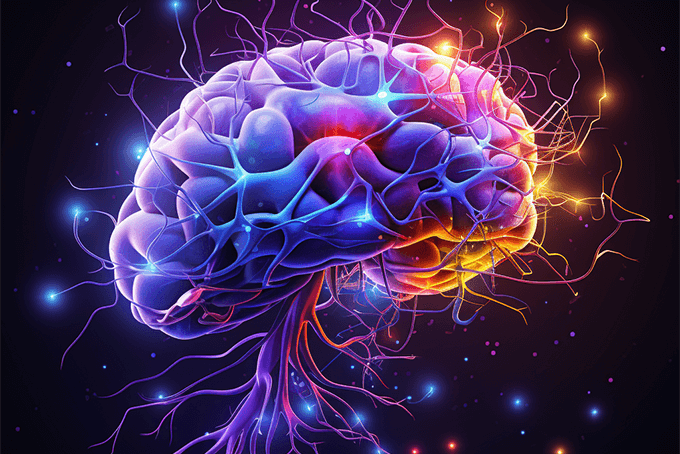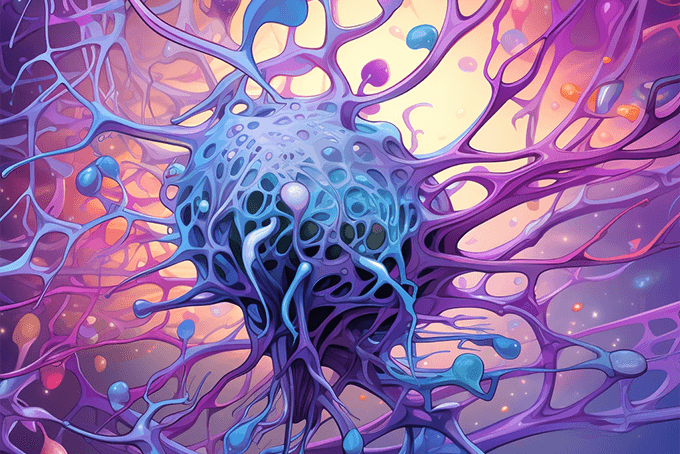The human brain is separated into two distinct hemispheres connected by a corpus callosum, or a bundle of nerve fibers that facilitates communication between the two hemispheres. It is known that popular psychology sometimes makes broad generalizations about certain functions of the brain being lateral, that is, located in either the right or left side of the brain. The lateralization theory — developed by Nobel-prize-winners Roger Sperry and Robert Ornstein – helps us to understand our behavior, our personality, our creativity, and our ability to use the proper mode of thinking when performing particular tasks. Understanding how we learn and process information is valuable for educators in numerous ways.
Difference Between Left and Right Brain
The left hemisphere is often described as analytical because it specializes in recognizing the parts that make up a whole. Left-hemisphere processing is also linear and sequential; it moves from one point to the next in a step-by-step manner. It is most efficient for processing verbal information, such as encoding and decoding speech.
According to Linda Verlee Williams, a lifetime teacher of all levels who also served as instructor at University Extension, University of California and as an associate of The Learning Circle in Berkeley, while the left hemisphere is busy separating out the parts that constitute a whole, the right specializes in combining those parts to create a whole; it is engaged in synthesis.
Though students use every part of their brain in the learning process, and none are strictly “right brain only” or “left brain only,” most are either left brain dominant or right brain dominant – meaning not every teaching style completely fits their learning style.
Right Brain Left Brain Test
A simple hemispheric dominance test created for late high school and college-aged students by Middle Tennessee State University allows students to see a summary that describes their dominance type along with a guide on how to use the information to improve the student’s study techniques. Another, similar test is offered by Intelegen, Inc.
Though these tests, which are offered throughout various sites, are not completely scientific in nature, they do help determine which hemisphere you may lean towards when it comes to learning and thinking. With these tests, it is also helpful for teachers to see the results, as they will learn if the student is very dominant towards one hemisphere or the other or if he or she is more middle of the road.
Teachers Also Benefit
But it is not only important for students to understand what learning styles work best for them, it is also important for teachers to understand their own neurological strengths and weaknesses so they too can successfully reach every student.
Teaching Techniques for Right and Left Brain Learning
Dr. Diane Connell, director of the Master’s program in learning disabilities at Rivier College in New Hampshire, has been studying the art and science of learning for most of her lifetime. During this time she has developed left-brain and right-brain teaching techniques that may prove successful when implemented in the elementary school classroom. Dr. Connell suggests the following:
Left Brain Teaching Techniques
Let’s say, for example, that you are introducing a unit on the solar system. Here are some left-brain teaching techniques that will help strong to moderate left-brain students feel engaged during your lesson:
- Write an outline of the lesson on the board. Students with left-brain strengths appreciate sequence.
- Go ahead and lecture! These students love to listen to an expert and take notes.
- Discuss vocabulary words and create a crossword puzzle on the Solar System.
- Discuss the big concepts involved in the creation of the universe, how the solar system was formed, and so on. Left-brain students love to think about and discuss abstract concepts.
- Assign individual assignments so students may work alone.
- Ask the students to write a research paper on the solar system that includes both detail and conceptual analysis.
- Keep the room relatively quiet and orderly. Many students with left-brain strengths prefer not to hear other conversations when working on a stimulating project.
Right Brain Teaching Techniques
Taking the solar system example, here are some right-brain teaching techniques that will help students with moderate to strong right-brain strengths get the most out of your lesson:
- During the lecture, either write the main points on the board or pass out a study guide outline that students can fill in as you present orally. These visual clues will help students focus even though you are lecturing.
- Use the overhead, the white board, or the chalkboard frequently. Since the students are apt to miss the points discussed verbally, the visual pointers will help the students “see” and comprehend the points.
- Have some time for group activities during the week of the solar system study. Right-brain students enjoy the company of others.
- Let the students create a project (such as a poster, a mobile, a diorama, or paper mache planets of the solar system) in lieu of writing a paper. Right-brained students often have excellent eye-hand coordination.
- Play music, such as the theme from 2001: A Space Odyssey. Discuss how space might feel to an astronaut. Students with right-brain strengths are intuitive and like to get in touch with their feelings during the day.
- Bring in charts and maps of the universe and let the students find the Milky Way. Maps and graphs make use of the students’ strong right-brain visual-spatial skills.
Maybe in a perfect world, right-brained teachers would be paired with right-brained students and so forth, but in today’s academia, that may seem like mere wishful thinking. It is true, however, that the educational system needs attention in more ways than one. Those students who are more right-brain dominant are not receiving adequate teaching in the classroom. However, if teachers strive to reach every student, the playing field can become more leveled.
The idea of left-brain vs. right-brain continues to be a controversial subject in the scientific and academic world. As stated in the beginning of this article, no one person is completely left-brained or right-brained, but many tend to have a dominant side, and as both teachers and students uncover the complexities of brain function, learning may become easier.
Here is where you will find our general overview on right brain left brain and we also explore right brain and left brain function in learning.



